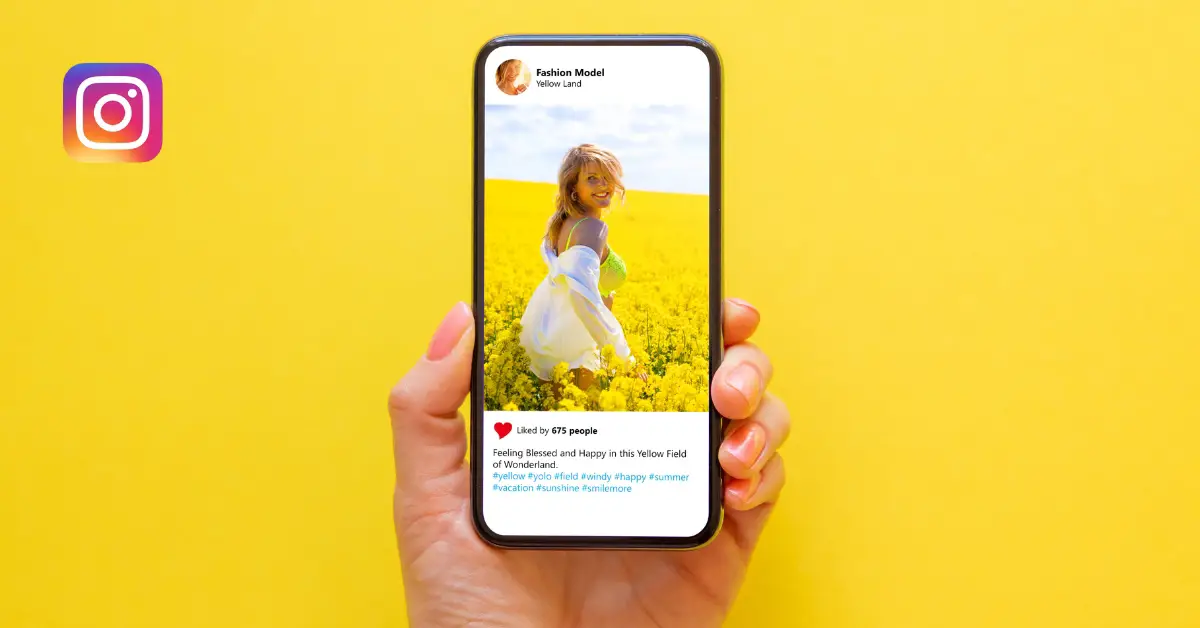The truth about influencer rates. Debunk common myths and learn how to set your rates as a content creator and influencer.
Table of Contents
Introduction
When I started taking content creation seriously, figuring out how much to charge was one of the most stressful parts.
There needed to be more information, and I had to rely on rate calculators from big marketing agencies.
These calculators had their agenda, often suggesting rates that felt way too low.
I made many assumptions about influencer rates without a community to which to turn.
As I worked my way up to becoming a full-time influencer, I realized many of these assumptions were myths.
Let us dive into these myths and uncover the truth behind influencer rates.
Myth 1: Your Rate is Directly Tied to Your Follower Count
One of the biggest misconceptions is that your rate depends entirely on how many followers you have.
Many people believe that more followers automatically means higher rates.
However, this is far from the truth.
Brands are not just paying for your follower count; they are paying for your overall reach, connection to a niche audience, storytelling abilities, content quality, and the terms of use for your content.
Your rates should reflect the unique value you bring to the table, not just your numbers.
Myth 2: Your Rate is Based on the Time It Takes to Create the Content
While it might seem logical to base your rate on the time spent creating content, this is only part of the equation.
In a traditional job, compensation is tied directly to hours worked, but content creation differs.
The value you offer brands goes beyond the time it takes to produce a post.
Consider the time it took to build your brand, your connection with your audience, the cost of your equipment, and the potential revenue your content can generate for the brand.
All these factors play a role in determining your rate.
Myth 3: Your Rate is Dependent on the Deliverables
It is easy to think your rate should be fixed based on specific deliverables, such as an Instagram post or a YouTube video.
However, not all content is created equal.
For example, creating detailed hair content is more labor-intensive than a simple face-washing video.
Your rates should vary based on the complexity and scope of the campaign, not just the type of content.
Myth 4: Your Influencer Rates Need to Be a Secret
Many influencers believe they must keep their rates a secret.
While confidentiality clauses often prevent you from disclosing what a specific brand paid you, you can still discuss your general rates with your peers.
Transparency within the influencer community can help everyone understand their value better and set fair rates.
Myth 5: Your Rate is Static and Permanent
Your rates should not be fixed.
They can and should change as you grow and improve your content.
Factors such as your reach, engagement, and the quality of your content can all influence your rates.
It is usual for rates to increase as you become more experienced and valuable to brands.
Myth 6: If Your Rates Are Too High, You Will Burn Bridges
There is a fear that setting high rates will scare off brands and ruin future opportunities.
While it is true that some brands might find your rates too high, you can still burn bridges.
Often, you can negotiate terms or find a middle ground.
If a brand cannot afford you now, they might reach out when their budget increases.
It is all part of the business, and maintaining professionalism is critical.
Myth 7: All Influencers Charge the Same Rates
Influencer rates are not standardized.
Two influencers with similar follower counts can charge vastly different rates based on factors such as niche, engagement rate, content quality, and experience.
Setting rates that reflect your unique value rather than comparing yourself to others is essential.
Myth 8: Small Influencers Should Charge Less
Even if you have a smaller following, you should still charge less.
Micro-influencers often have highly engaged and niche audiences that can be valuable to brands.
Remember to underestimate your worth based on follower count alone.
Myth 9: You Should Always Accept the First Offer
Negotiation is crucial to setting your rates.
Brands often expect some negotiation, so be bold and counteroffer.
Make sure the terms of the deal are fair and reflect the value you bring to the table.
Accepting the first offer without negotiation might mean you are underselling yourself.
Myth 10: Your Rates Should Be Consistent Across All Platforms
Different platforms require different types of content and engagement strategies.
An Instagram post might require a different effort than a YouTube video.
Your rates should vary based on the platform and the effort required to create the content.
Ensure that your pricing structure reflects the unique demands of each platform.
Conclusion
Setting your rates as a content creator is a personal journey.
There is no one-size-fits-all approach, and what works for one person might not work for another.
The most important thing is to know your value and not be afraid to charge what you are worth.
Remember, your rates should reflect your unique value, not just the time or follower count.
This post helps you navigate the world of influencer rates more confidently.
If you are looking for more resources and tips, check out the related posts on our website.
Happy creating!
Trivia
Did you know? The first documented influencer was Josiah Wedgwood, who used endorsements from royalty to promote his pottery business in the 1760s. He is considered the pioneer of modern-day influencer marketing!








